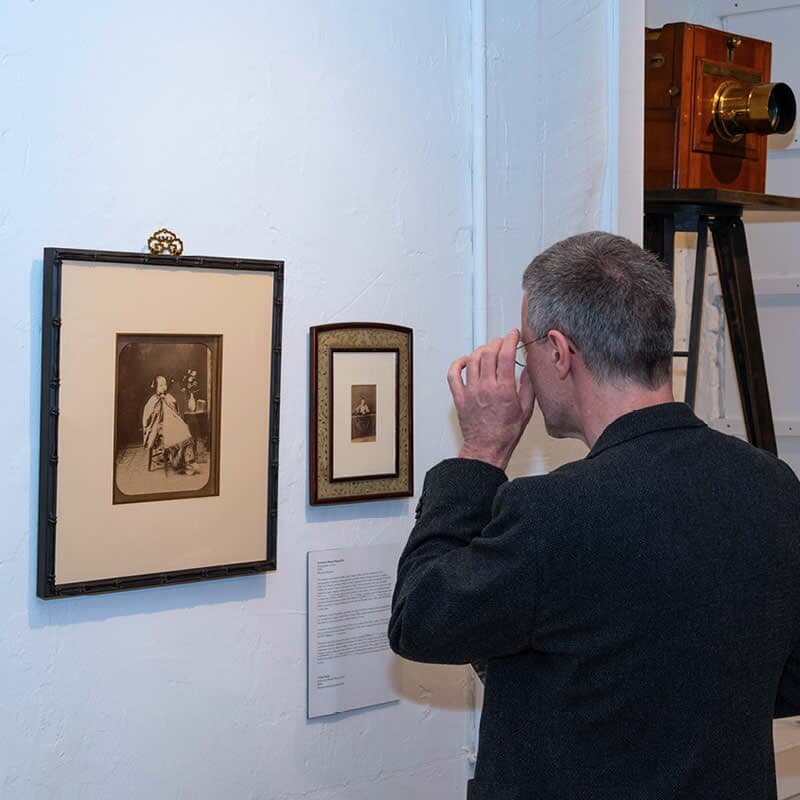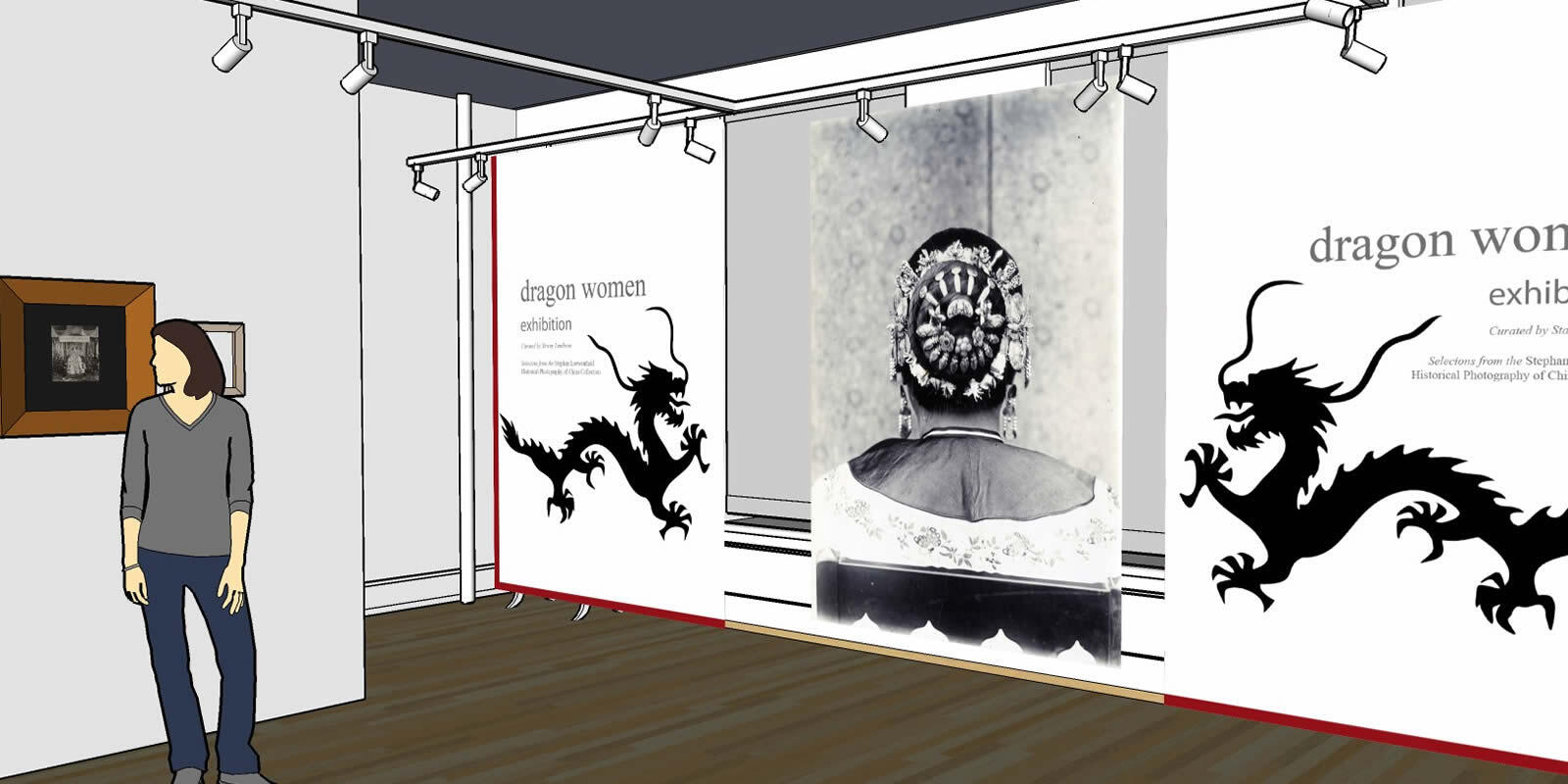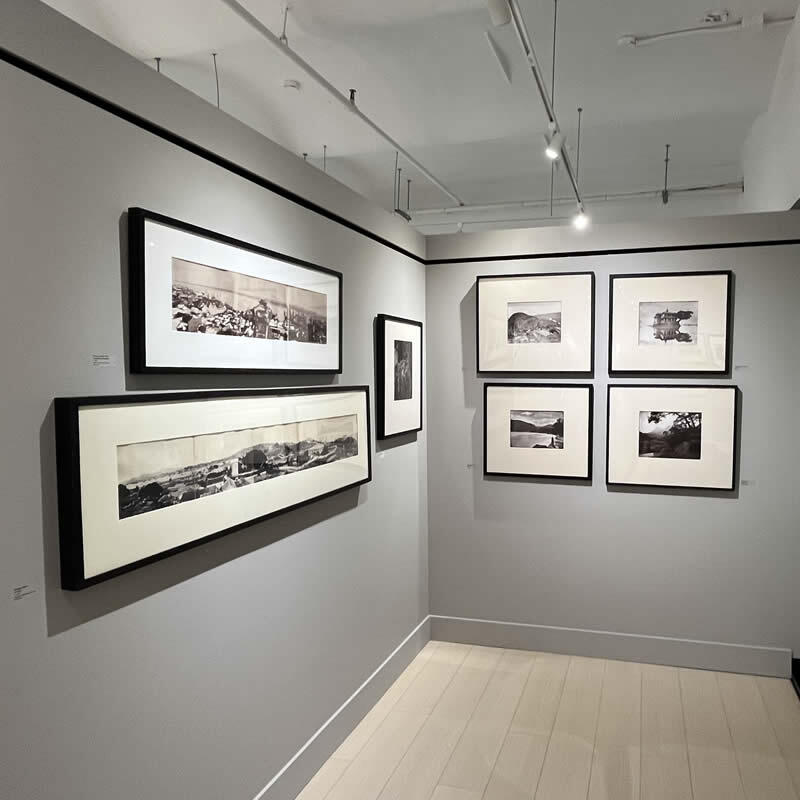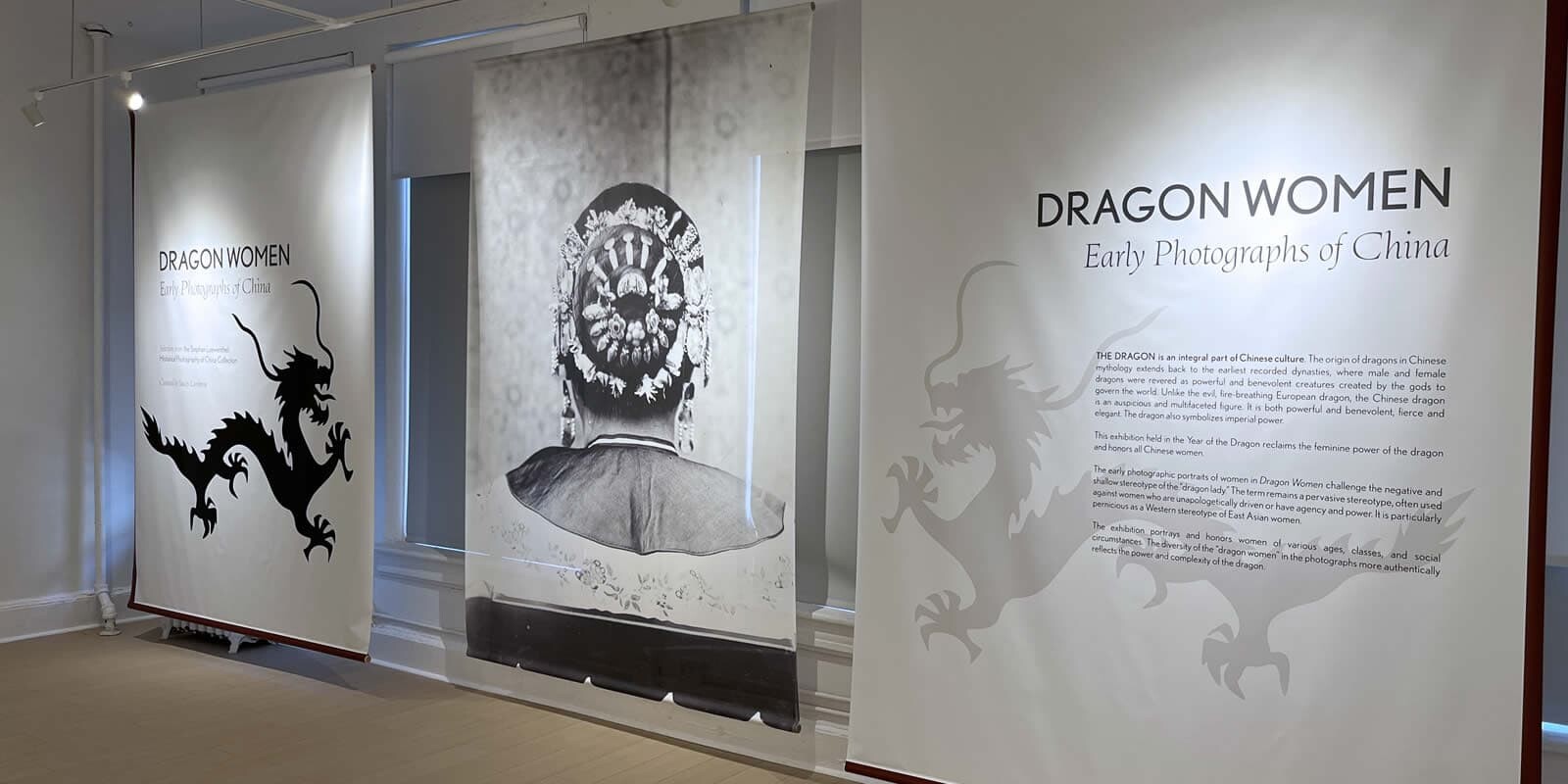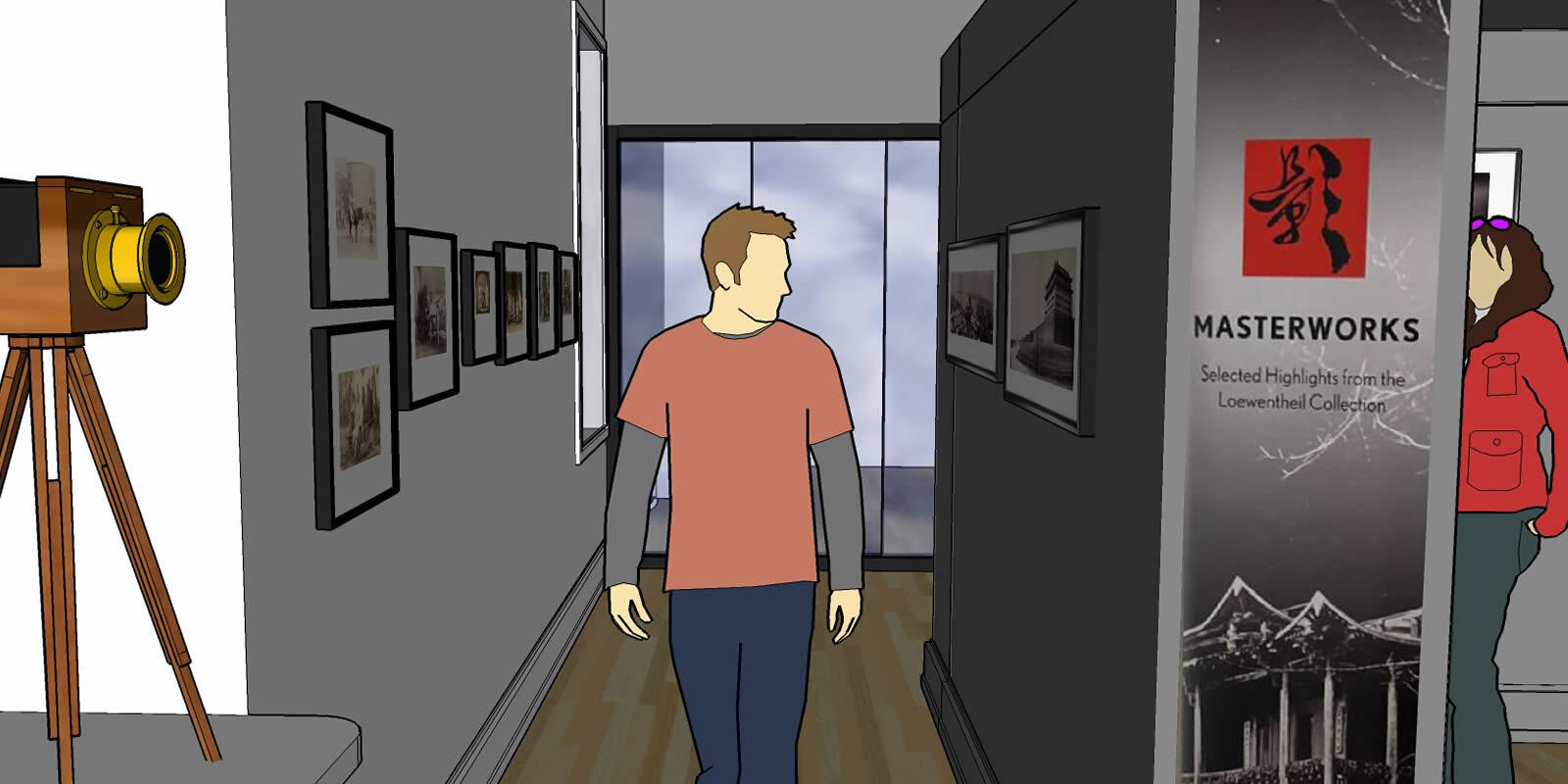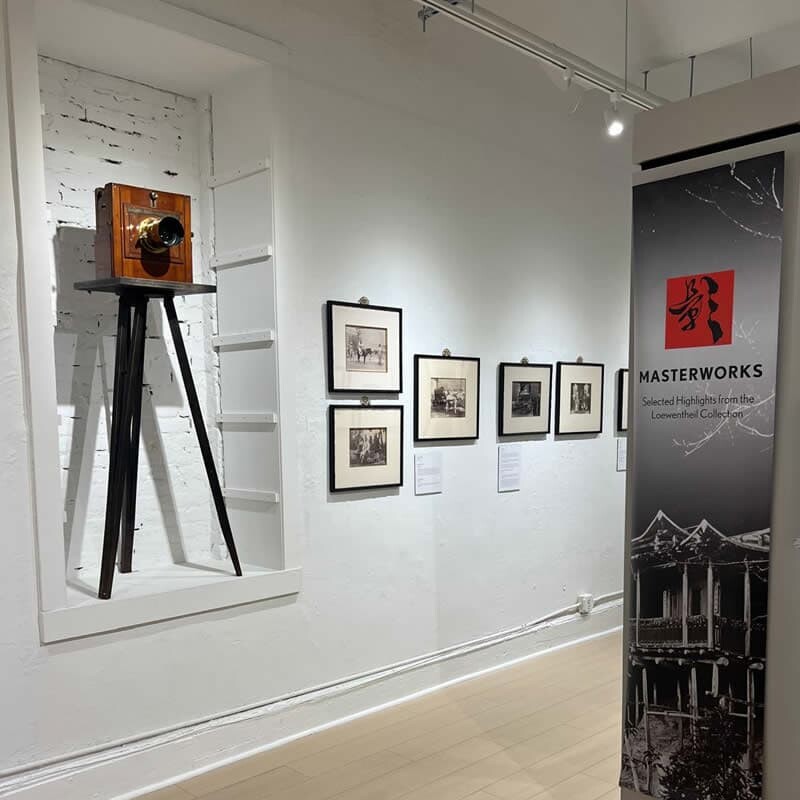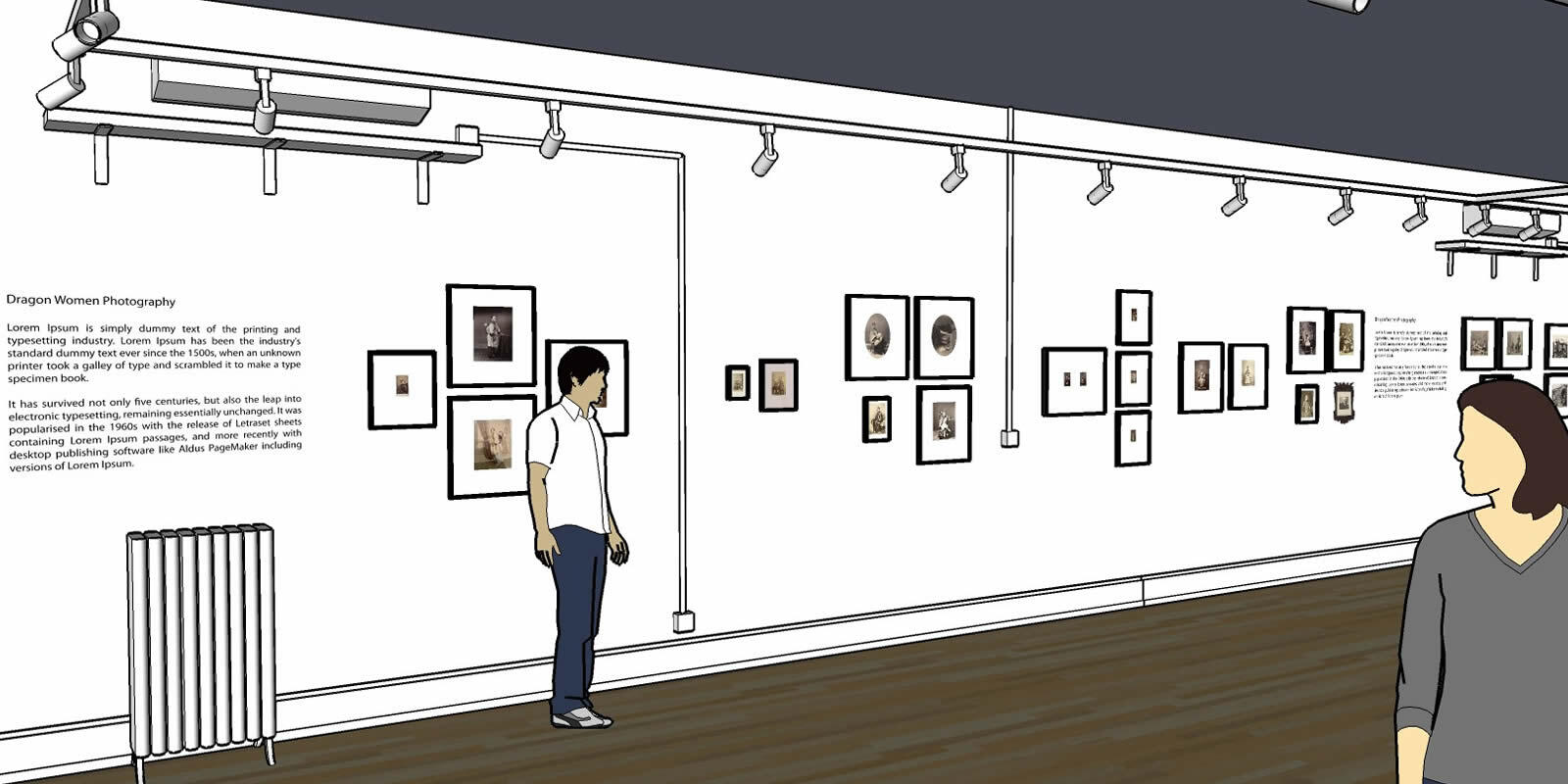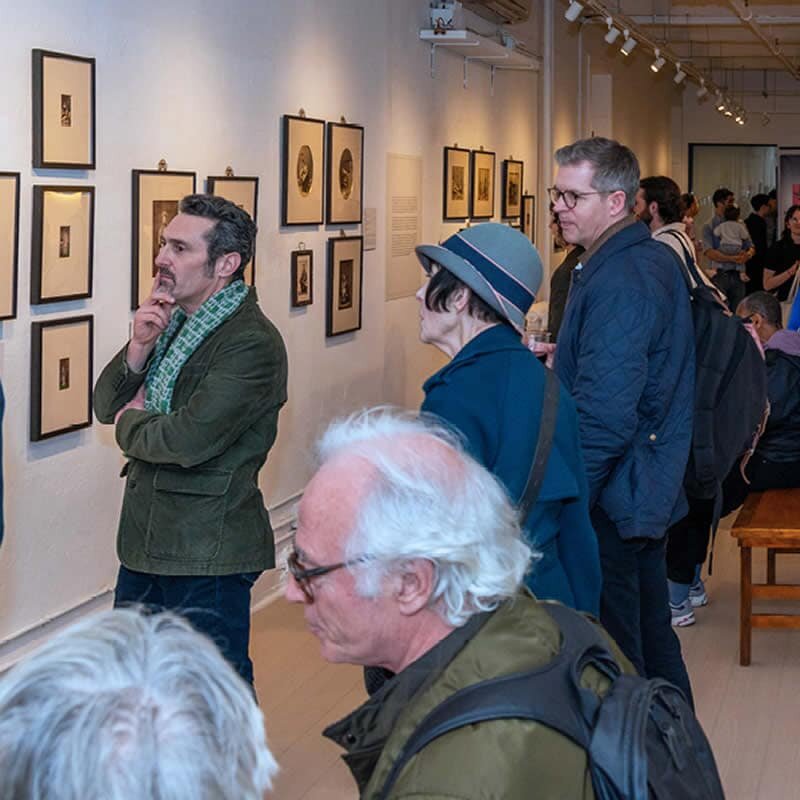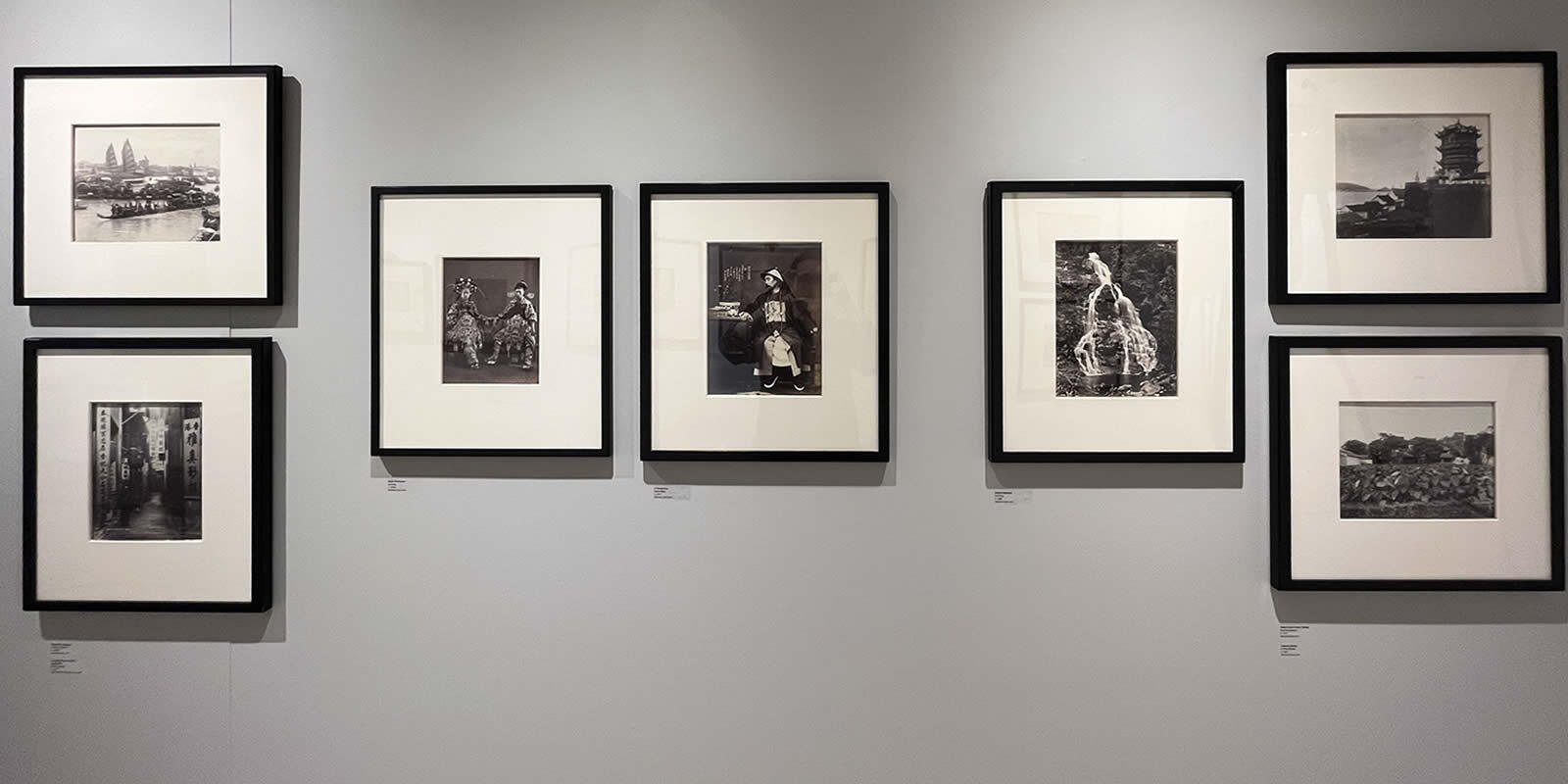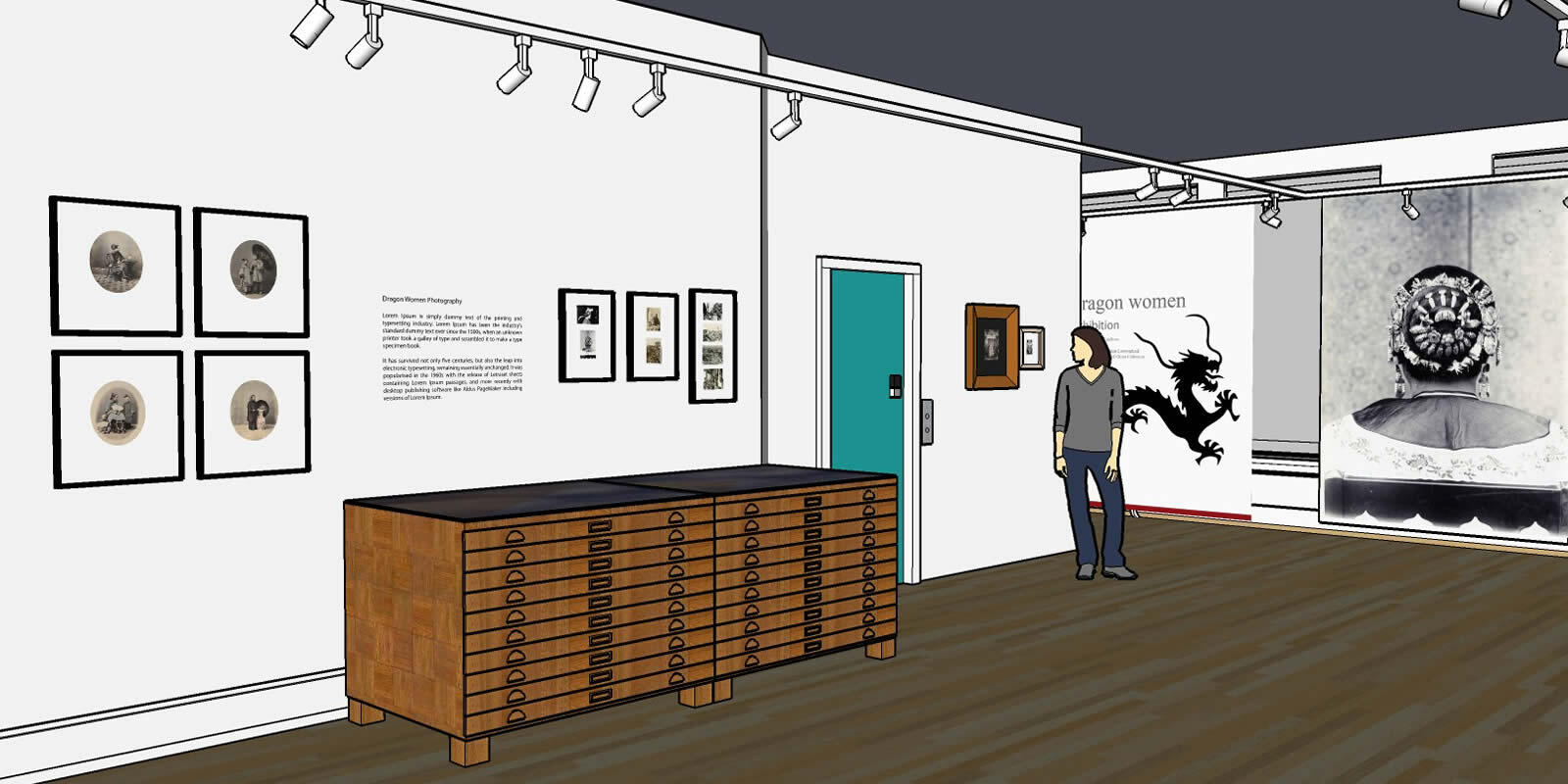New York Exhibition
Dragon Women: Early Chinese Photography Exhibition Design
The “Dragon Women: Early Chinese Photography” exhibition honours both the depiction of women in early Chinese photography and the Year of the Dragon.
The exhibition venue is ideally located at 10 West 18th Street in New York City. It provides a unique opportunity to view over 50 selected rare photographs, including some of the earliest photos of Chinese women, most of which date from the 1860s and 1870s.
The subject explores women’s roles in late Qing dynasty society, their relationship to cameras, and how women are portrayed in Chinese historical photography. On display are works from a handful of known early Chinese female photographers.
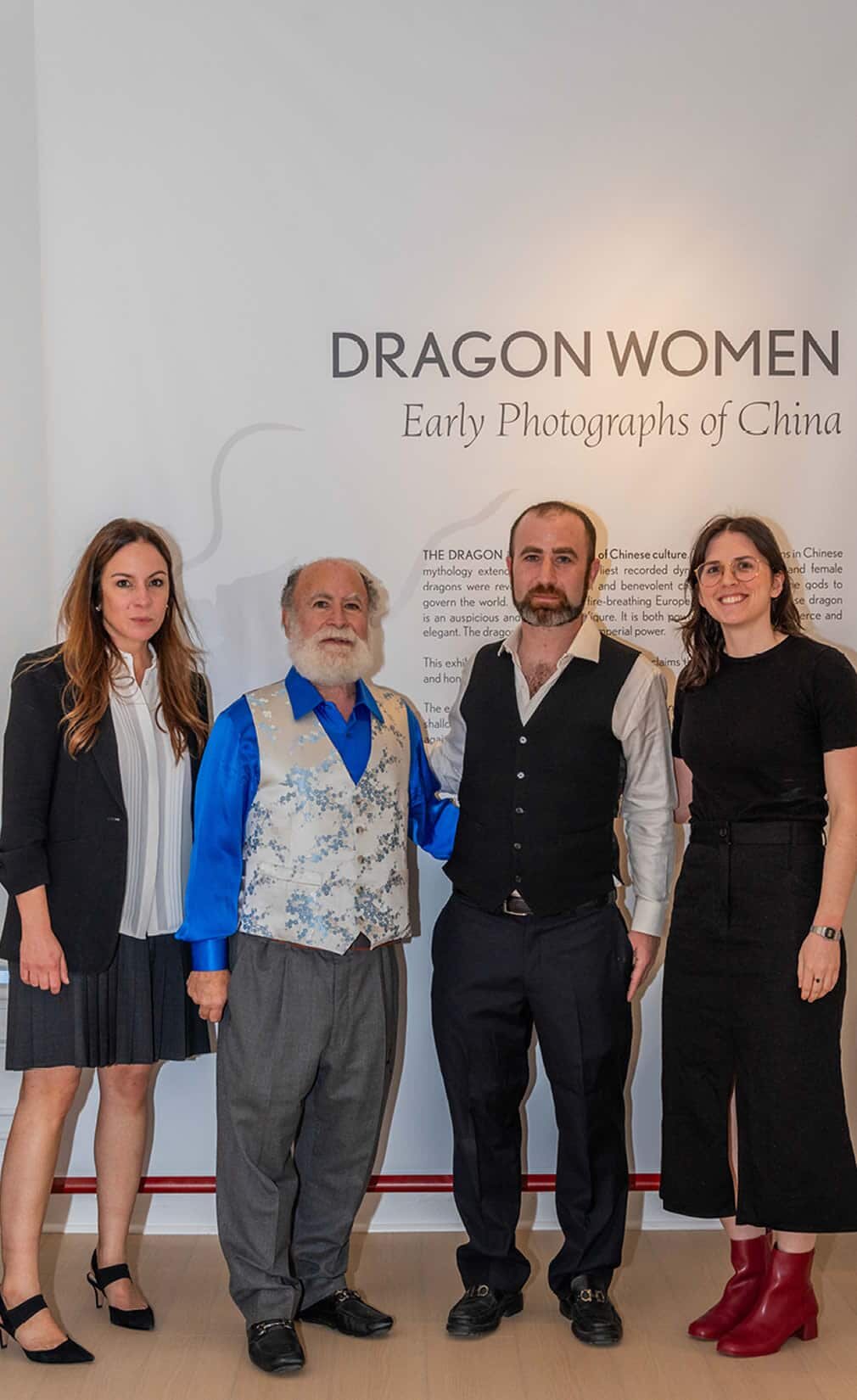
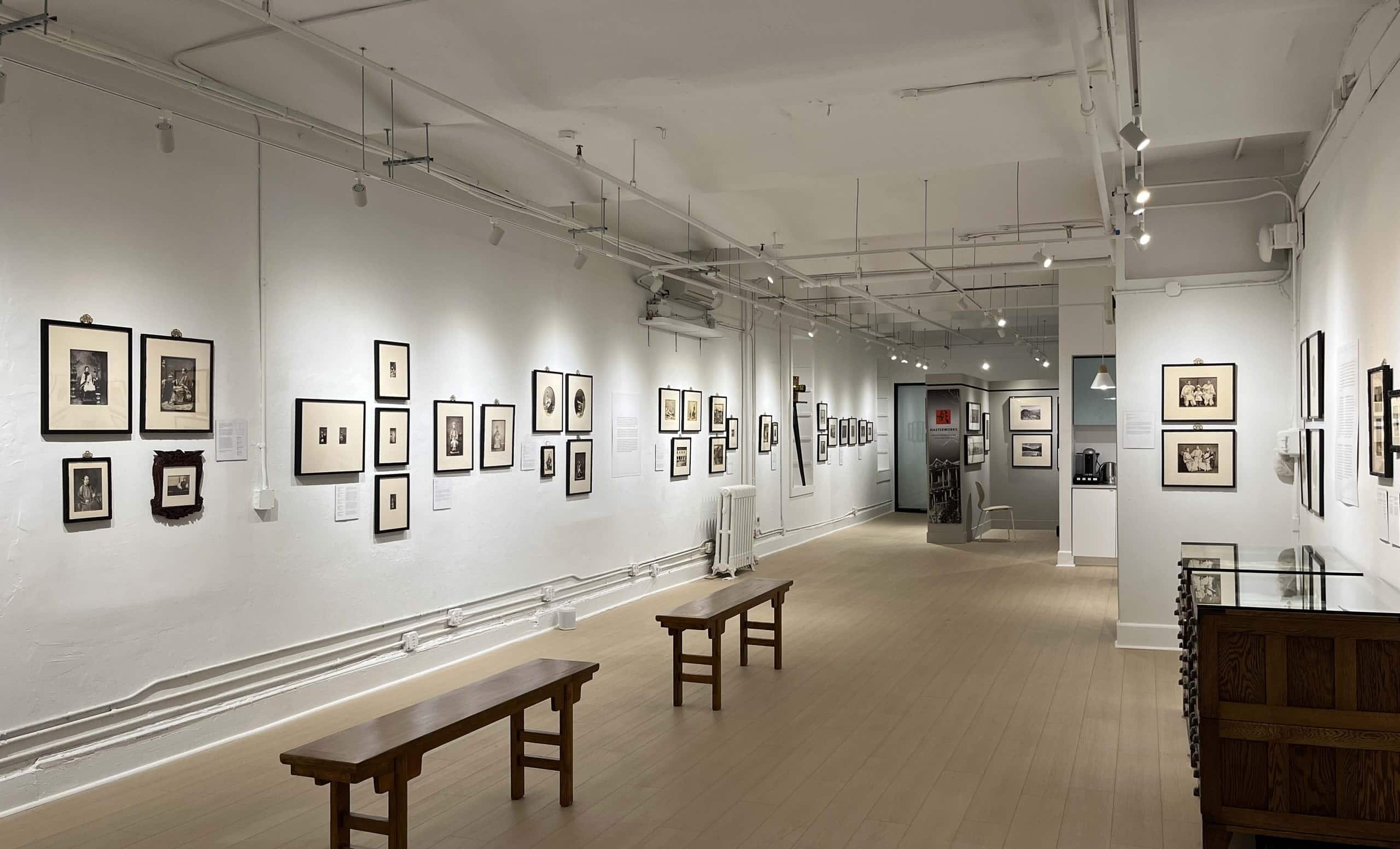
Showcasing the Empress Dowager and Masterworks in Early Chinese Photography
Our approach to spatial arrangement aimed to ignite curiosity, mirroring the profound cultural narrative embedded within the photographs. The show’s stars are the famous images of Empress Dowager, sometimes known as the “Dragon Lady,” regarded as one of the most influential female figures in Chinese history.
At the rear of the exhibition space, we placed another exhibition called Masterworks, featuring photographs by Chinese and international artists including Lai Fong, John Thomson, and Thomas Child.
As these two exhibitions share the same space, it was important to differentiate between the two displays. This we achieved by adding additional temporary walls, which were also of a different colour and design. These exhibitions were months in the making, and it was a pleasure to be reunited with the renowned early Chinese photography expert and curator of the Loewentheil collection, Stacey Lambrow—furthermore, a special thanks to Virginia Rodowsky for all her assistance.
Below are some images of this exhibition to explore. Click on each image to unveil a larger, more detailed view of this exemplary New York photographic exhibition design.
Photography Exhibition Design: Collaborative Layout and Digital Modeling for a Historical Display
Together, working as a team, we designed both the layout and groupings of the photographs, including the positioning of supporting materials, for example, a large wooden plate camera. This camera is of similar type and size to those used to capture these amazing, high-quality images, helping people understand how difficult it was to take a photograph 160 years ago.
When viewing multiple photographs of this kind, making groupings with both continuity and a mixture of frame sizes and different materials keeps the visitor’s attention, and concentration levels are extended. To aid in the photography exhibition design of this exhibit we created a 3D digital model of the space including all the ducting, services, pipes and track lighting. Of course, this model can be reused for any future exhibitions within the space.
Using a digital or physical model, ideas, photographic groupings and spacing can be tested and agreed upon before installation. This results in a better overall photography exhibition design and faster installation as it solves problems before art technicians or contractors are on site. You can see in the images how accurately this relates to the final exhibition.
The overall feel of the exhibition display was peaceful yet awe-inspring. The floor-to-ceiling banners at one end of the room added drama to the space, while the wonderful flying dragon graphic provided a sense of movement. The central banner also demonstrates the quality of these 160-year-old images being printed at 73 x 105 inches (1855 x 2667mm).
Fortunately, with foresight the client had already asked us to design the track lighting for the new gallery space, so this allowed the lighting to be focused perfectly on each photograph while keeping the light levels to a safe 50 lux.
The final solution has been very well received by the press, scholars, and visitors alike giving a little snapshot of a time long gone.

